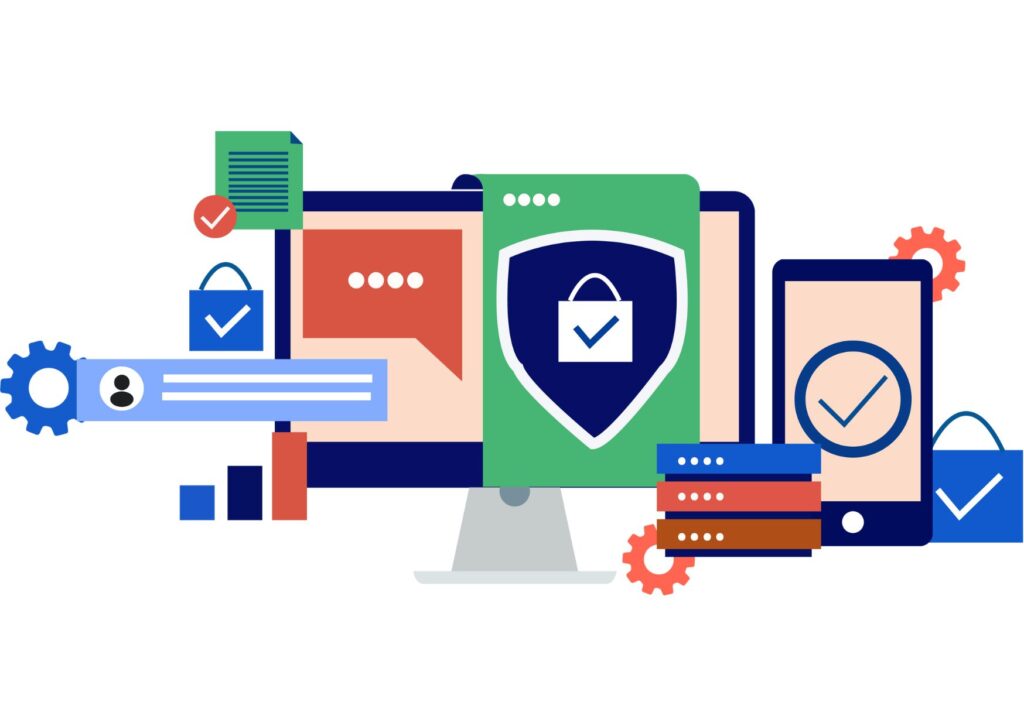In today’s times, when most activities are moving online, every website should be built with accessibility in mind for all users, regardless of their individual needs. In this article, we will discuss how to build an accessible website and why it is important.

What is website accessibility?
Website accessibility refers to the ability of people with disabilities, such as blindness, low vision, hearing impairments, mobility impairments, or reading difficulties, to use a website. Website accessibility involves designing, creating, and maintaining a website in such a way that all users have equal access to content and functionality.
Why is website accessibility important?
Website accessibility is important for several reasons. First, every user should have the ability to use the internet fully, regardless of their individual needs and limitations. Second, there are laws and regulations that require companies and organizations to ensure accessibility of their websites to protect the rights of people with disabilities and enable them to fully use the services offered by those organizations. Additionally, compliance with accessibility standards can benefit SEO (Search Engine Optimization) and positively impact the reputation of a company or organization.
How to build an accessible website?
To build an accessible website, several key aspects should be considered:
Color and contrast
Well-chosen colors and appropriate contrast can help people with visual impairments read website content more easily. It is recommended to choose light colors on a darker background and use a contrast of at least 4.5:1 between text and background.
Font size and line spacing
The font size should be appropriate for different age groups and people with different visual impairments. It is also important to pay attention to line spacing, which can make text easier to read.
Alternative text for images
Alternative text for images, also known as alt text, is crucial for people who are blind or have low vision. They should describe the content or function of the image and enable people who cannot see it to understand it.
Proper page structure and labels
The website should have a clear structure, with the appropriate hierarchy of headings and labels. This allows users with disabilities who use screen readers to navigate the site more easily and understand its content.
Keyboard accessibility
The website should be accessible for keyboard users who are unable to use a mouse. It should allow navigation and use of functionality via the keyboard.
Summary
Website accessibility is a key aspect of web design in today’s times. Ensuring accessibility for all users, regardless of their individual needs, is not only a moral issue, but also required by law and contributes to a positive image of the company or organization. To build a website that complies with accessibility principles, attention should be paid to key aspects such as color and contrast, font size and spacing between lines, alternative text for images, proper page structure, and keyboard accessibility. Website accessibility is a matter that should be a priority for every web designer.
Let’s Build Something Great
Ready to discuss your project or potential partnership?

